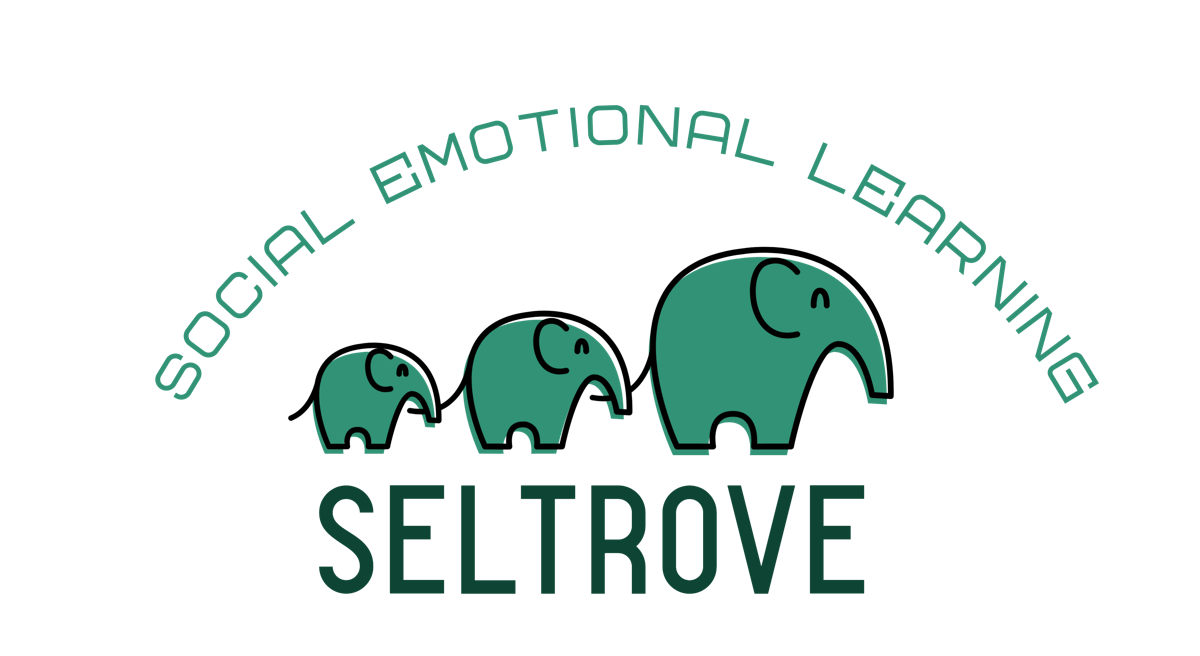Introduction
As educators, we know that academic success doesn’t happen in isolation. Students’ social and emotional development is deeply intertwined with their ability to focus, learn, and thrive in school. That’s why aligning Social-Emotional Learning (SEL) with Multi-Tiered Systems of Support (MTSS) is one of the most powerful steps a school can take to support the whole child.
In this post, we’ll break down how MTSS and SEL can work hand-in-hand, why alignment matters, and how your school can implement a seamless, tiered support system that addresses both behavior and emotional well-being.
What is MTSS?
Multi-Tiered Systems of Support (MTSS) is a comprehensive framework that organizes academic, behavioral, and social-emotional interventions into three levels of support:
Tier 1: Universal supports provided to all students
Tier 2: Targeted interventions for students at risk
Tier 3: Intensive, individualized interventions for students with significant needs
MTSS is grounded in equity, prevention, and data-driven decision-making, making it the ideal structure to house SEL practices.
What is SEL?
Social-Emotional Learning (SEL) helps students develop the skills they need to manage emotions, build relationships, and make responsible decisions. According to the Collaborative for Academic, Social, and Emotional Learning (CASEL), SEL encompasses five core competencies:
Self-awareness
Self-management
Social awareness
Relationship skills
Responsible decision-making
SEL programs improve school climate, reduce behavior issues, and boost academic outcomes—but only when implemented systematically.
Why Align SEL with MTSS?
When SEL is embedded within MTSS, schools can:
Deliver the right level of SEL support to each student
Leverage data to guide intervention decisions
Prevent behavior issues before they escalate
Build a schoolwide culture of emotional intelligence
Maximize the impact of limited resources
This alignment creates a unified system that supports students’ academic and emotional needs in tandem.
Tiered SEL Supports: What It Looks Like
Let’s explore how SEL activities and strategies can be mapped across MTSS tiers:
| MTSS Tier | SEL Focus | Support Strategies | Examples |
|---|---|---|---|
| Tier 1 | Universal SEL instruction | - Daily SEL lessons |
Positive behavior systems
Schoolwide mindfulness | - Morning check-ins
Growth mindset lessons
Class norms and routines | | Tier 2 | Targeted small group SEL | - SEL skill-specific small groups
Behavior monitoring
Restorative conversations | - Group sessions on conflict resolution
Journaling for stress management
Peer support circles | | Tier 3 | Intensive individual SEL | - 1:1 counseling
Personalized behavior plans
Trauma-informed interventions | - Weekly coaching with counselor
SEL-based IEP goals
Behavior tracking contracts |
This structure ensures that SEL is not just a one-size-fits-all program, but a responsive support system.
How to Use Data for Tier Assignment
MTSS relies on a variety of data sources to identify student needs. Here’s how schools can use SEL-related data:
SEL Screener scores
Teacher observations
Behavior referrals or discipline records
Attendance trends
Self-report student surveys
Academic performance correlations
By collecting and analyzing this data, educators can determine which tier of support a student needs and which specific SEL skill areas to target.
Implementation Steps: How to Align SEL and MTSS
Create a Cross-Functional Team
Bring together counselors, SEL coordinators, administrators, and MTSS leads to build a shared vision.Choose or Develop a Universal SEL Screener
Use tools aligned with CASEL competencies and ensure they are developmentally appropriate and culturally responsive.Define Tier Criteria and Cut Scores
Use screener results and other data to define thresholds for Tier 2 and Tier 3 placement.Map Your Existing SEL Resources
Align your SEL content (e.g., videos, workbooks, lessons) to MTSS tiers using tags for CASEL domain, grade band, and format.Train Staff on Tiered Delivery
Provide PD on how to deliver universal SEL, facilitate small groups, and implement intensive supports.Launch Schoolwide SEL
Start with universal SEL practices and gradually layer in Tier 2 and Tier 3 supports.Monitor Progress and Adjust
Use short “pulse checks,” exit tickets, or reflections to assess growth and adjust tiers as needed.
Equity Considerations
To ensure your aligned MTSS + SEL framework is equitable:
Use inclusive, bias-free screener tools
Translate materials for multilingual families
Include SEL competencies related to identity, bias, and belonging
Offer parent opt-in with clear communication
This ensures that SEL is accessible and impactful for all students.
Conclusion
When SEL is alig
ned with MTSS, schools build a powerful support structure that addresses the whole child. With the right data, tools, and practices in place, educators can ensure that every student receives the social-emotional instruction and support they need to thrive.
By investing in a tiered SEL approach, schools not only improve student outcomes—they also foster safer, more inclusive learning environments where every learner feels seen, supported, and empowered.
